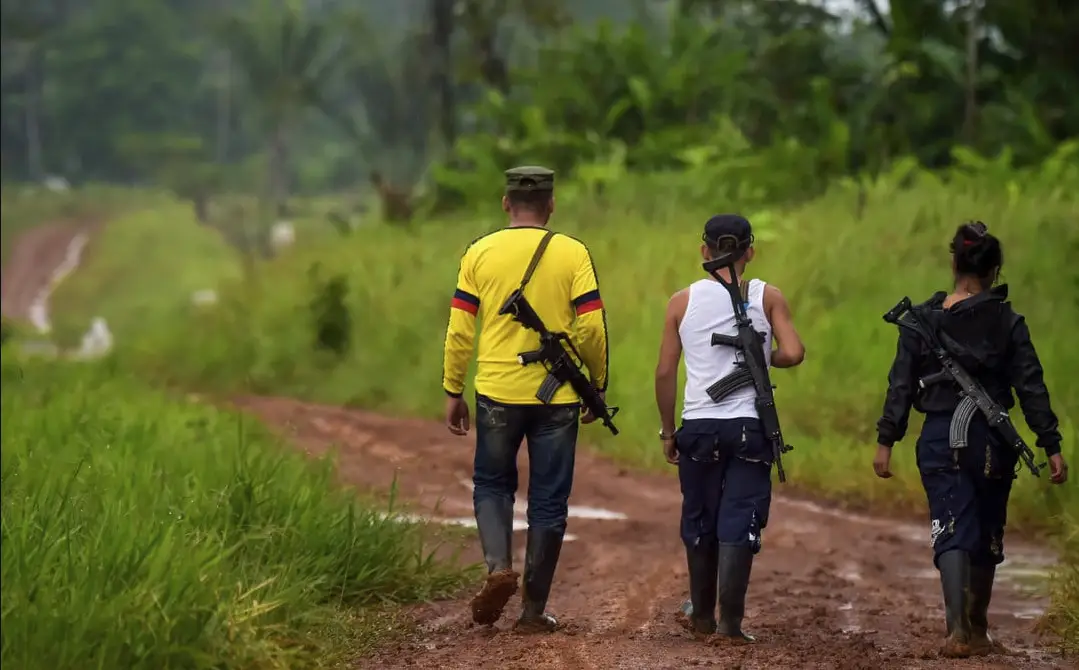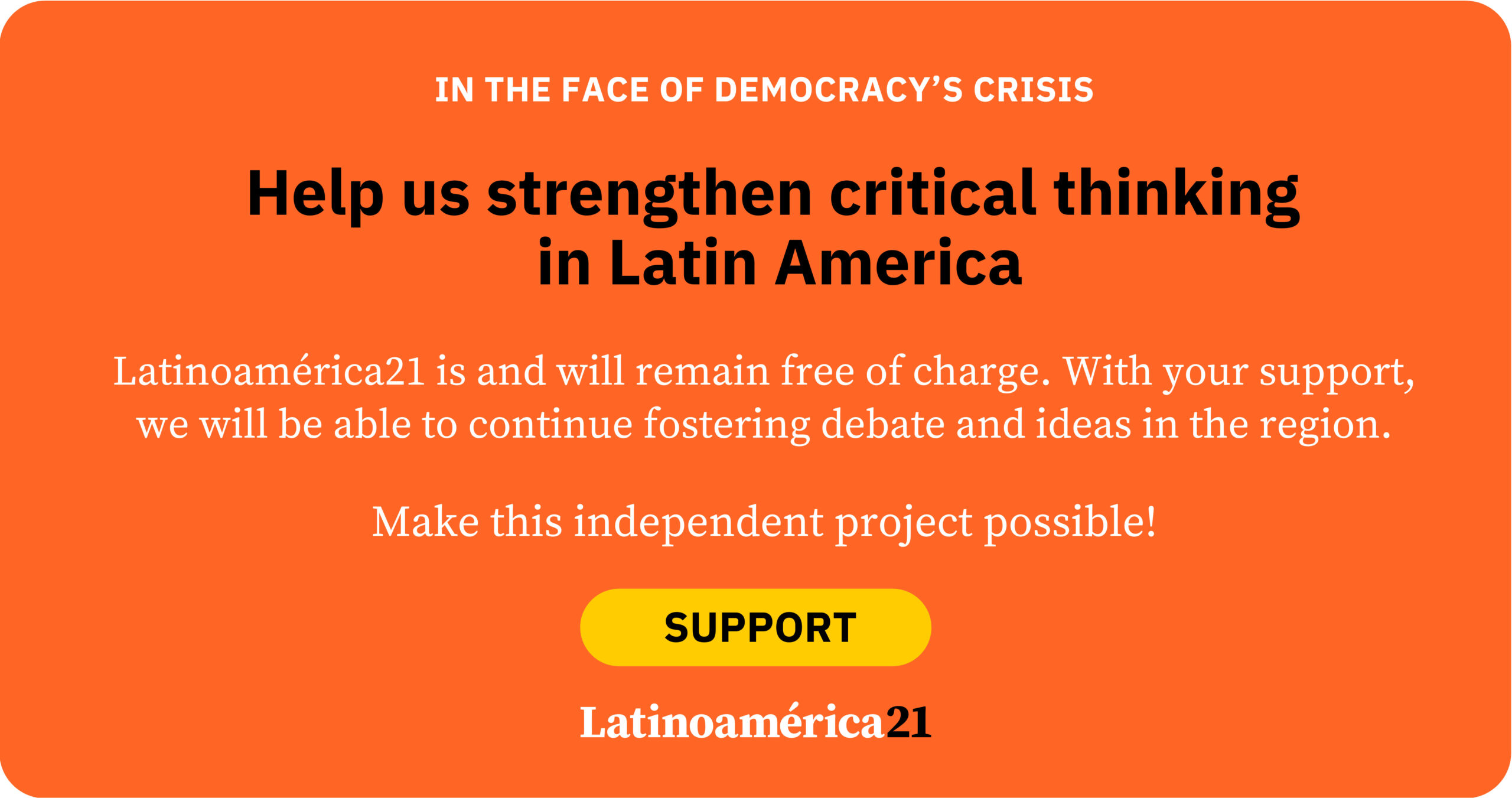The signing of the peace agreement between the Colombian state and the Revolutionary Armed Forces of Colombia – People’s Army (FARC-EP) in 2016 marked a historic milestone in the quest for peace. After decades of internal conflict, the entire country held its breath, longing for peace to become the rule rather than the exception. It was hoped that once violence was overcome, the regions historically affected by war could begin to heal and rebuild. Although the agreement was a crucial step, Colombia’s security situation remains a challenge.
The complexity of achieving peace amid tensions, new conflicts, and the use of technologies such as drones has led the country into a state of “armed peace.” The emergence of new criminal actors and unresolved conflicts has delayed the arrival of peace in areas where the State has failed to meet the population’s needs. Much like the European “Armed Peace” — the period between 1871 and 1914 marked by the rise of the arms industry, military alliances, and growing international tensions — Colombia is experiencing a climate of constant tension, fueled by a governmental approach that is more reactive than preventive.
Eight years and six months have passed since the signing of the agreement between the long-standing FARC-EP guerrilla and the Colombian State, a pact where the laying down of arms, reintegration into civilian life, and a commitment to truth, justice, reparation, and non-repetition formed the backbone of a stable and lasting peace. Nevertheless, conflict has intensified in regions such as Cauca, Norte de Santander, and Chocó — to name a few — leaving civilians trapped between anxiety and fear.
“Total Peace” — the flagship initiative of the government — has been a commendable effort to end conflict with dissident groups and urban gangs. However, it has failed to meet its goals, especially in territories like Nariño, Cauca, and Norte de Santander, where attacks against the civilian population have increased — with eight attacks recorded in Cauca alone so far in 2025.
Meanwhile, Urban Peace efforts in Buenaventura, Quibdó, and the Aburrá Valley have shown some progress. Nevertheless, violence escalated when the government failed to capitalize on the 18-month truce between the Shottas and the Spartans — a key period that should have been used to speed up the creation of a legal framework for negotiating with these gangs, while simultaneously addressing inequality and lack of opportunities in the country’s main port city. Armed groups and guerrillas continue to entrench themselves in the territories, increasing violence and reducing the chances of achieving lasting peace — a peace that, so far, has been more partial than total.
Peace seems far from being consolidated as an end in itself, becoming instead a means for criminality. Although “Total Peace” sounds appealing, the high profitability of illegal economies, the resurgence of conflict in various regions, the forced recruitment of children and adolescents, forced displacement, territorial disputes, and the killing of social leaders and signatories of the peace agreement create the perfect “cocktail” for the expansion of a broader, more violent, and increasingly difficult-to-resolve conflict in the short term.
The current situation in Colombia bears similarities to Europe’s “Armed Peace,” when powers prepared for war while maintaining a facade of peace, adopting new technologies and weaving alliances among various actors. In both contexts, peace has not meant the end of tensions but rather a temporary truce or precarious coexistence.
In this setting, armed groups have forged alliances to maintain territorial, social, and economic control over illegal activities, aiming to prevent the incursion of other criminal structures into their zones of influence. A clear example is the alliances between the National Liberation Army (ELN) and the 4th Front of Iván Mordisco’s dissidents, who seek to halt the advance of the Gulf Clan in departments such as Norte de Santander, Chocó, Antioquia, and Córdoba.
The incorporation of drones into the conflict has marked a new paradigm in warfare. Guerrillas have begun using these technologies as a new form of combat to attack both military and civilian targets, posing a significant challenge for security forces. The versatility and adaptability of these devices make them difficult to detect and neutralize, urgently requiring a rethinking of defense and security strategies.
In this context, while “Total Peace” seeks to end regional violence and urban insecurity, it faces complex obstacles such as the persistence of dissident armed groups and their alliances, drug trafficking, and corruption. Just like during Europe’s “Armed Peace,” peace in Colombia is fragile and demands constant vigilance to prevent violence from resurging with greater force.
*Machine translation proofread by Janaína da Silva.













